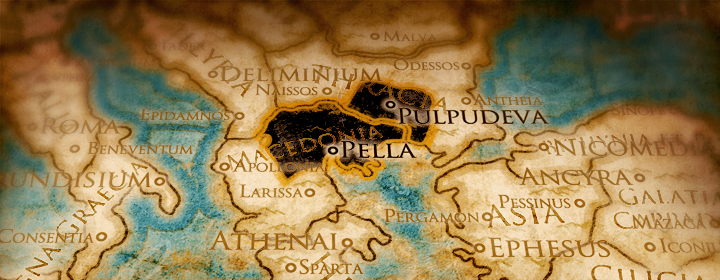


Featured Tutorial:
Introduction
Here is a list of all of the Rome 2 DLC released to date. ROME II – Greek States Culture Pack. My life as a king wad. And a sweet new diplomacy-focused tech tree that functions around client states and alliances. Phillip II dreamed of conquering the Persian Empire—the world’s largest at the time. He was assassinated in 336 B.C., in Aigai, the capital city of Macedon, before he could realize his vision. Cilicia (CCI): As one of the richer Anatolian regions, often used as a staging ground for the armies of the successor states, Cilicia can also support its own regional kingdom. Crete (1KR): Should one Cretan state come to control all the important cities of the island it can assume a new pan-cretan identity.
Kodak i30 scanner driver. Installing the scanner drivers from the link on the bottom of this page will install the latest SVT (Scanner Validation Tool), TWAIN Data Source and the latest ISIS Driver for the i30 and i40 Series Scanners. Supported Operating Systems. WINDOWS 7 (32-bit and 64-bit, TWAIN only) WINDOWS VISTA SP1 (32-bit) WINDOWS SP2 and SP3 (32-bit).

Total War Rome 2 Client States
Client states (Rome2) What are the advantages of having a client state? The pay they give you is next to worthless and they never do anything worthwhile in a military sense. Is there something I am missing or should I just crush them and take their land for myself? Total War: Rome II Factions Units Auxiliary Corps Units in Custom Battle Buildings Technologies Household Regions Mercenaries Total War: Rome II: MODs Radious Total War Mod Divide et Impera Total War: Rome II: ICONs BullGod's Unit Icons Normal's Rome IIUnits Icons.

Total War Rome 2 Client States
The Second Punic War is, arguably, the most sweeping, destructive war of ancient times. It marked the end of a contest for power in the Mediterranean - the establishment of Roman hegemony over the entire Italian peninsula and deep into Iberia.
It was a hard fought victory for Rome, however; Hannibal Barca’s campaign in Italy, following his daring crossing of the Alps, nearly brought Rome to ruin. Catastrophic defeats at Trebia, Lake Trasimene and Cannae shattered any faith Rome’s allies had in them, and almost imploded the Republic.
The brilliance of Hannibal as a strategist and tactician cannot be denied; he came closer than anyone else ever had or would to toppling Roman power, but his failure was underestimating Rome’s ability to endure. After weathering the worst of Hannibal’s assault, Rome struck back under the brilliance of Scipio and finally, on the field at Zama, Carthage’s dream came crashing to an end.
Many accounts of the Second Punic War come from Polybius and Livy, neither of whom were alive when the events they describe took place and wrote only from Rome’s perspective. Polybius in particular, is famed for being openly critical of Carthage (he was allegedly present for the final destruction of the ancient capital), and in particular the Barcids, so his accounts are heavily biased towards Rome and can almost be considered propaganda.
Although the power plays of Julius Caesar, and the formation of the Roman Empire under Octavian, were still many years away, Rome’s victory over Carthage and its confederates laid the foundations for Rome the superpower.